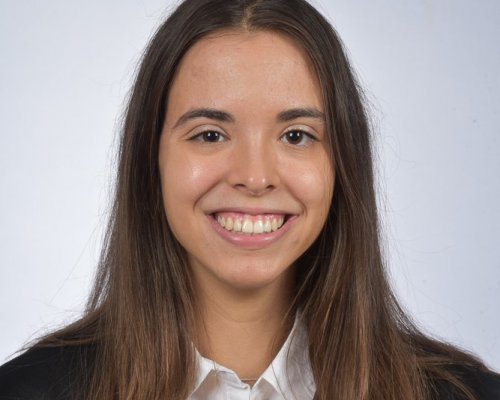Francesc Cebrià Lab

Planarian stem cells, the neoblasts, include truly pluripotent stem cells as well as a number of specialized neoblasts or lineage-committed progenitors from which all cell types differentiate. Thus, they offer an excellent model in which to study stem cell differentiation in vivo. However, very little is known about how pluripotent neoblasts specialize into lineage-committed progenitors and how these progenitors differentiate into their final mature types. In our laboratory we are interested in investigating the molecular and genetic pathways that regulate stem cell differentiation during planarian regeneration and homeostasis.
Contact
+93-4021499
Research
Stem cells maintenance and differentiation
EPIGENETIC REGULATION OF NEOBLAST DIFFERENTIATION
Epigenetic marks such as histone methylation and acetylation regulate the fate of stem cells by maintaining them in an undifferentiated state or triggering cell differentiation when required. However, little is known about the epigenetic regulation of planarian neoblasts. Is this epigenetic regulation conserved in these amazing animals? How does the epigenetic landscape change as neoblasts specialize into lineage-comitted progenitors first and mature cell types later? Our current approach is mainly focussed in understanding the role of the CREB-binding protein (CBP)/p300 family in the regulation of neoblast maintenance and differentiation. Members of this family are multi-functional proteins with histone acetyl-transferase activity that acetylate particular histone residues in order to regulate stem cell and progenitors differentiation in different models. Therefore, planarians offer us a model in which to study the epigenetic regulation of stem cells in vivo.
THE ROLE OF THE EGFR PATHWAY IN NEOBLAST DIFFERENTIATION
Signaling pathways play pivotal roles in triggering proper cell responses to extracellular signals. In the last years we have extensively characterized the function of the epidermal growth factor receptor (EGFR) signalling pathway in neoblast differentiation during planarian regeneration and homesotasis. Our laboratory has identified 10 putative EGF ligands and 6 EGF receptors that are expressed in different cell types. Whereas Smed-egfr-1 and Smed-nrg-1 are required for the final differentiation of gut progenitors into mature gut cells, Smed-egfr-4 seems to be required for the differentiation of eye progenitor into eye cels. These results suggest that in planarians the EGFR pathway could have a general role in the terminal differentiation of the distinct populations of lineage-committed progenitors.




